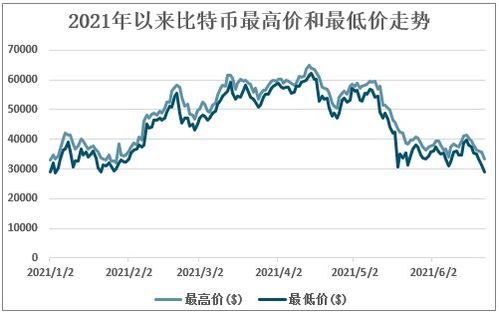In the ever-evolving world of cryptocurrency, the allure of mining remains as potent as ever. Zcash, with its focus on privacy and secure transactions, has carved out a niche that attracts miners looking for both technological sophistication and financial gain. Yet, the critical question looms: is it worth investing in high-end Zcash mining hardware? Before diving into this, it’s essential to understand the multifaceted dynamics of mining, the nature of Zcash as a coin, and how the mining ecosystem shapes profitability and sustainability.
Mining hardware sits at the core of any successful mining operation. From the era of CPUs to modern ASICs (Application Specific Integrated Circuits), the tools of the trade have transformed drastically. Zcash mining, specifically, gravitates towards high-performance machines optimized for the Equihash algorithm, which demands substantial computing power. Investing in top-tier mining rigs not only boosts hashing power but also improves energy efficiency, a critical aspect given the soaring electricity costs associated with mining farms.

The advantages of premium hardware are undeniable: superior hash rates, reduced downtime, and better heat dissipation mechanisms. However, the initial capital outlay can be substantial. For investors eyeing Zcash, this pushes them to weigh short-term costs against long-term gains. The volatility of the cryptomarket, especially for coins like Zcash that may not always command the widespread liquidity seen with Bitcoin or Ethereum, introduces another layer of uncertainty.
Zcash mining profitability also hinges on factors beyond hardware, such as network difficulty and block reward schedules. As more miners join the network and difficulty escalates, even the most robust machines face diminishing returns. The looming halving events further complicate projections, slashing block rewards and making efficiency paramount. Here’s where mining machine hosting services can become a lifesaver. By outsourcing operational management—handling power supply, cooling systems, and maintenance—miners focus on strategy while their rigs work efficiently in optimally managed environments.
Mining farms amplify this concept to another scale. Massive installations with thousands of miners leverage economies of scale, slashing costs and boosting uptime. For individual investors or small companies, engaging with these hosting providers or purchasing shares in mining farms can democratize access to Zcash mining profits without the burdens of technical headaches. However, this shift also implies reliance on third parties, which brings its own risks and necessitates thorough vetting and understanding of the hosting provider’s transparency, security protocols, and service level agreements.

Meanwhile, the broader crypto ecosystem influences the feel of investing in Zcash mining hardware. Bitcoin (BTC), the pioneer and heavyweight of digital currencies, often sets market moods. When BTC surges, altcoins like Zcash tend to follow, lifting mining rewards and investor confidence. Likewise, shifts in Ethereum (ETH)’s consensus mechanisms and scalability improvements ripple through mining dynamics, sometimes pushing miners to seek alternative coins like Zcash. On the other hand, Dogecoin (DOG), with its playful community and inflationary supply model, offers a stark contrast to Zcash’s privacy-forward purpose and deflationary tendencies, attracting a diverse crowd of miners and investors.
For miners willing to navigate this volatile landscape, building a diversified portfolio of hardware supporting multiple coins could prove beneficial. Versatile rigs that can switch between Zcash, Ethereum Classic, or other Equihash derivatives depending on profitability can amplify returns. Additionally, an astute miner might monitor exchange trends, as liquidity and trading volumes directly affect the ease of converting mined coins to fiat, crucial for covering operational costs and realizing profits.
Another dimension to consider is the environmental footprint. High-end mining hardware, while more efficient than older models, still demands significant electricity. This concern pushes many miners to seek renewable energy partnerships or engage in regions offering cheap, green power. Some companies specializing in mining machine hosting champion sustainable practices, marrying profitability with ecological responsibility—an increasingly vital aspect for long-term investment appeal.
Moreover, technological advancements frequently reframe the landscape. Innovations in chip design, cooling technology, and blockchain protocols like Zcash’s planned network upgrades, including Halo 2 for enhanced scalability and privacy, might shift mining paradigms dramatically. Early adopters of cutting-edge mining hardware can gain a competitive edge, but must remain agile to pivot as the ecosystem evolves.
In summary, investing in high-end Zcash mining hardware carries both promising opportunities and considerable risks. The decision rests on careful analysis of hardware capabilities, market conditions, hosting solutions, and the interplay of major cryptocurrencies influencing mining profitability. Miners and investors who engage holistically—with awareness of technological trends, environmental constraints, and economic volatility—stand the best chance to harvest rewards in this intricate digital frontier.
Surprisingly, maybe. High-end Zcash mining: ROI hinges on electricity costs, ZEC price volatility, and future algorithm changes. Calculate carefully before investing.